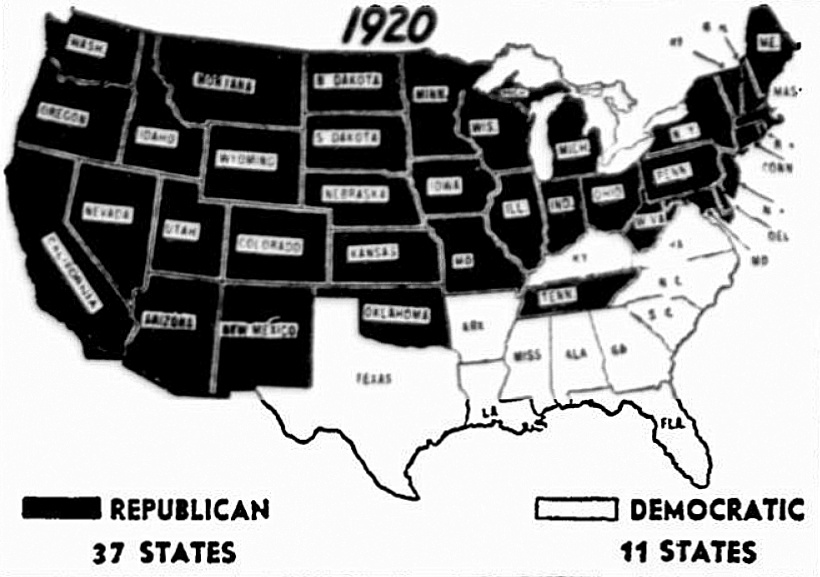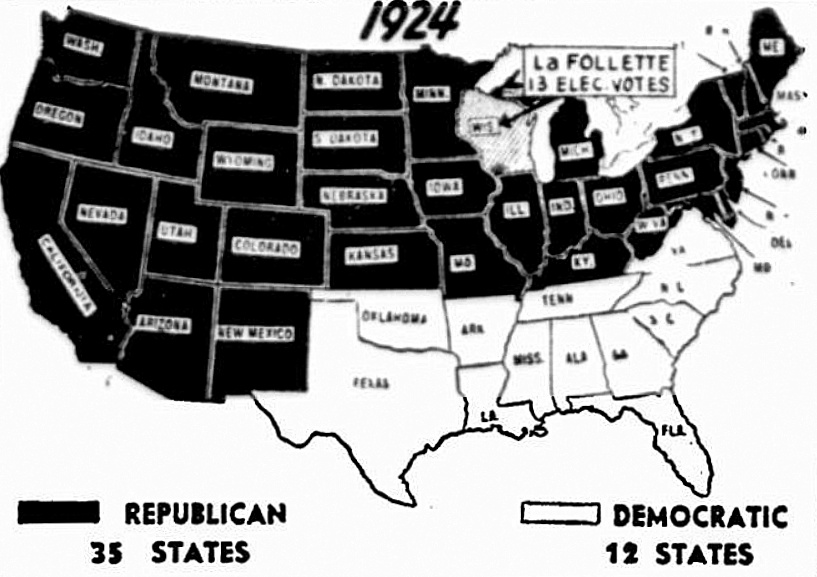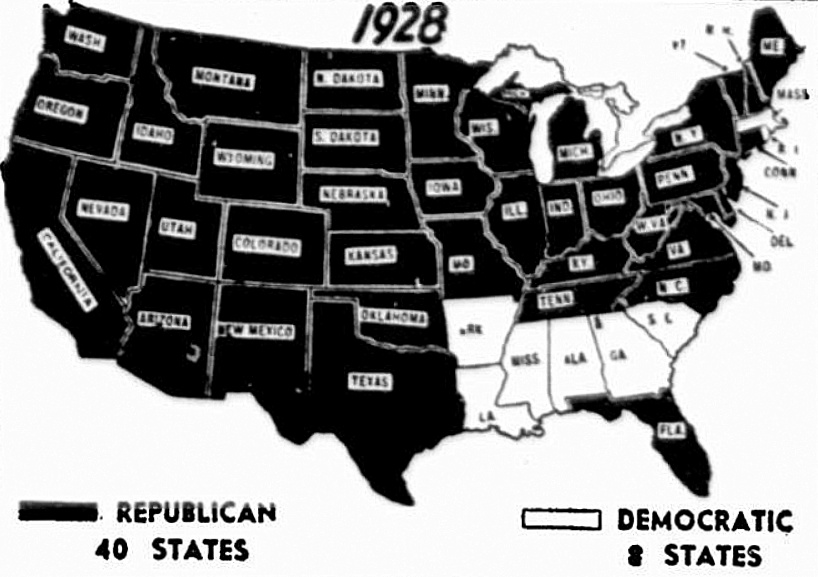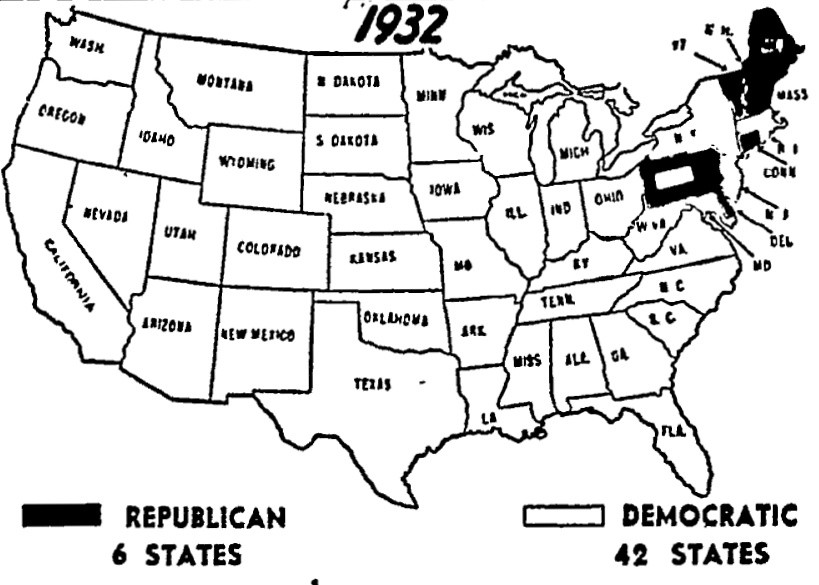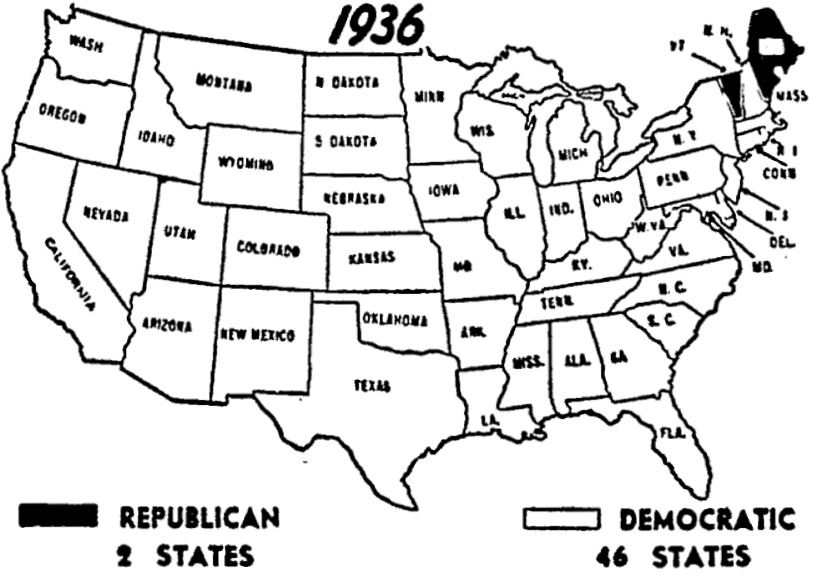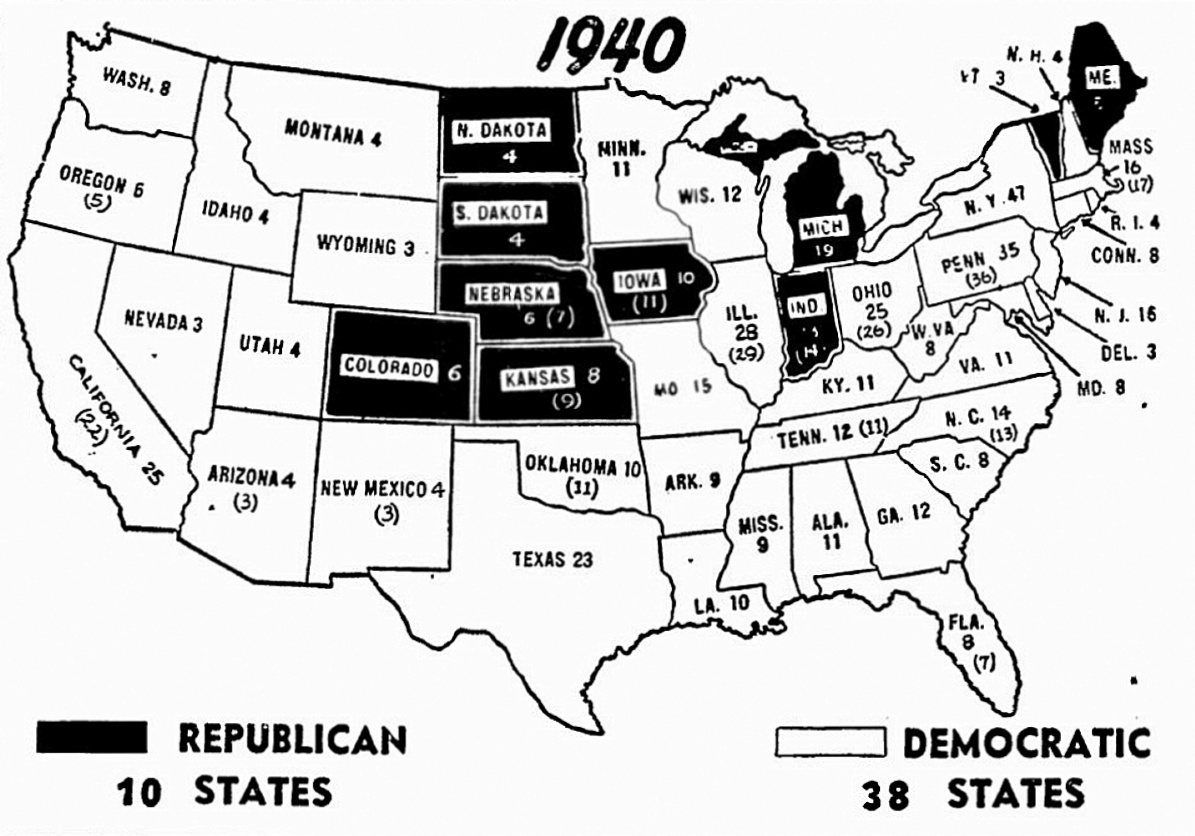
Perkins: Leader hopes to give Dewey 25% UMW vote
Hard coal area still strong for Roosevelt
By Fred W. Perkins, Pittsburgh Press staff writer
Scranton, Pennsylvania – (Nov. 4)
The maximum hope of United Mine Workers leaders in the Pennsylvania hard coal area is to pull to the Dewey camp one-fourth of the 90 percent of miners who, they believe, voted for President Roosevelt in 1940.
The prediction that the 25 percent will be pulled came from a District UMW official who is a Dewey man.
His open Dewey sympathy is not met throughout the mine worker organization of district officials. Some of them are lukewarm and others are reported privately supporting Mr. Roosevelt.
This, despite the general belief that even if John L. Lewis could not divorce his union followers from Roosevelt allegiance, he at least could count on unanimous support from the field and district officers and organizers. most of whom are dependent upon Lewis’ favor for their jobs.
Lewis stays away
Mr. Lewis hasn’t appeared in the anthracite region during this campaign. He seldom does. Thomas Kennedy, International secretary-treasurer, and formerly Lieutenant Governor of Pennsylvania, lives at Hazleton, near here, but has not appeared in the campaign.
The Democrats have capitalized on Mr. Kennedy’s silence by digging out a fairly old speech, castigating the Republican Party in general. The Republicans appear to have overlooked a piece of ammunition that could be used on their side. It consisted of some remarks about a month ago by Mr. Kennedy in criticism of “government by decree or fiat” with apparent direct reference to the Roosevelt administration’s handling of last year’s coal wage controversy.
Speech emphasized
The newspapers in Wilkes-Barre and Scranton, most of them Dewey supporters, gave much attention to a speech in the huge Wilkes-Barre Dewey rally by John Kmetz, a district representative of the miners’ union and also president of UMW District 50. Mr. Kmetz devoted much of his talk to an effort to demonstrate that Communists and their support of the Democratic presidential nominee constitute a real menace to the United Mine Workers.
Mr. Kmetz is credited with real influence among the large groups of Slovaks, Poles, and other nationality groups in this section.
Conclusions by this writer from visits to miming sections of West Virginia and Pennsylvania indicate that considerable swings of miner strength from President Roosevelt to Mr. Dewey are indicated only in the southern section of West Virginia and the eastern or anthracite section of Pennsylvania. The symptoms of a swing seemed to fade out in Northern West Virginia and Western Pennsylvania.
The results will be easy to check because of the concentration of miners in certain voting precincts.
